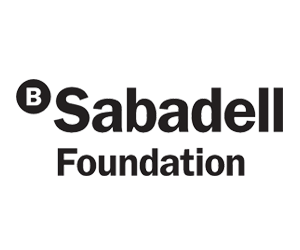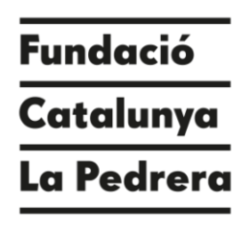Ricardo Garcia
Instituto de Ciencia de Materiales de Madrid, CSIC, Spain

Instituto de Ciencia de Materiales de Madrid, CSIC, Spain
Title: Frontiers in high resolution microscopy: The emergence of multifrequency force microscopy

Scheme of the probe motion in bimodal AFM. The image shows an atomic-resolution map of the topography, stiffness and deformation of metal-organic-frame work.
This contribution aims to provide an overview of some recent advances in force microscopy and its applications in nanoscience and biomedicine. The presentation covers instrumentation1-2, imaging3, nanomechanics4-6 and applications to study a wide range systems, from metal-organic-frameworks to proteins and cells in air and liquid environments. The first section is devoted to present the physics underlying the operation of an advanced force microscope. The second section provides an introduction to bimodal force microscopy. This method enables simultaneous, fast and high resolution mapping of different interfacial properties (mechanical, electrical, magnetic, optical, topography). This section describes some applications to generate atomic and molecular resolution maps of soft matter interfaces. Those maps combine topography and nanomechanical properties. The third section introduces a method to generate three dimensional and atomically-resolved maps of solid-liquid interfaces.
References:
1. Y. Dufrene, T. Ando, R. Garcia, D.J. Muller, Nature Nanotechnol. 12, 295 (2017).
2. R. Garcia, E.T. Herruzo, Nature Nanotechnol. 7, 217 (2012)
3. D. Martin-Jimenez, E. Chacon, P. Tarazona and R. Garcia, Nature Commun. 7, 12164 (2016).
4. E.T. Herruzo, A.P. Perrino and R. Garcia, Nature Commun. 5, 3126 (2014)
5. C.A. Amo, A. P. Perrino, A.F. Payam and R. Garcia, ACS Nano 11, 8650 (2017)
6. C. A. Amo and R. Garcia, ACS Nano 10, 717-7124 (2016)
 Ricardo Garcia applies a combined theoretical and experimental approach to develop advanced microscopes that combine high spatial resolution, quantitative analysis with the capability to manipulate molecules, materials and devices in the 0.1 to 100 nm length scale. A key feature of Garcia’s approach is that nanoscale control should be compatible with operation in technological relevant environments (air or liquids). He has contributed to the development of the most robust and common force microscope method (tapping mode AFM) used in research and technology. RG is the inventor of bimodal AFM. This is one of the most advanced methods to measure nanomechanical properties with sub-1 nm resolution. He has also contributed to the emergence and optimization of Scanning Probe Lithography. Some of his inventions have been commercialized. RG is the author of a book entitled Amplitude modulation AFM, Wiley-VCH (2010) with editions in English and Chinese.
Ricardo Garcia applies a combined theoretical and experimental approach to develop advanced microscopes that combine high spatial resolution, quantitative analysis with the capability to manipulate molecules, materials and devices in the 0.1 to 100 nm length scale. A key feature of Garcia’s approach is that nanoscale control should be compatible with operation in technological relevant environments (air or liquids). He has contributed to the development of the most robust and common force microscope method (tapping mode AFM) used in research and technology. RG is the inventor of bimodal AFM. This is one of the most advanced methods to measure nanomechanical properties with sub-1 nm resolution. He has also contributed to the emergence and optimization of Scanning Probe Lithography. Some of his inventions have been commercialized. RG is the author of a book entitled Amplitude modulation AFM, Wiley-VCH (2010) with editions in English and Chinese.
Garcia has received several honours. The most recent is the Nanotechnology Recognition Award by the American Vacuum Society (2016). In 2013 he was awarded an Advanced Research grant by the European Research Council. He is a Fellow of the American Physical Society. Currently he is a Professor of Nanotechnology at Spanish National Research Council in Madrid.





